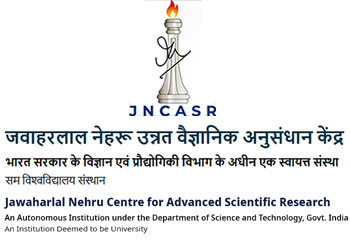Abstract:
Issues concerning the kinetics of phase transitions are not well established for the cases where the order parameter remains conserved with time, particularly when the interatomic interactions are long-range in nature. Here we present results on structure, growth, and aging from Monte Carlo simulations of the two-dimensional long-range Ising model. In our computer simulations, random initial configurations, for 5 0 : 5 0 compositions of up and down spins, mimicking high-temperature equilibrium states, have been quenched to temperatures inside the coexistence curve. Our analyses of the simulation data, for such a protocol, show interesting dependence of the aging exponent, 𝜆 , on 𝜎 , the parameter, within the Hamiltonian, that controls the range of interaction. These nonuniversal values of 𝜆 are compared with a theoretical result for lower bounds. For this purpose, we extracted information on relevant aspects of structural properties during the evolution. To estimate 𝜆 , as is necessary, we also calculated the average domain size and analyzed its time dependence to obtain the growth exponent 𝛼 which also is nonuniversal. The trends in the values of 𝜆 and 𝛼 , as well as an anomaly in structure, suggest that a crossover from the long-range to the short-range variety occurs at 𝜎 ≃ 1 . The location of this boundary and the nonuniversality provide a picture that is surprisingly different from that of the corresponding static critical phenomena. Furthermore, our results suggest an important scaling law combining 𝛼 and 𝜆 .
Link: https://journals.aps.org/pre/abstract/10.1103/PhysRevE.109.L052102
